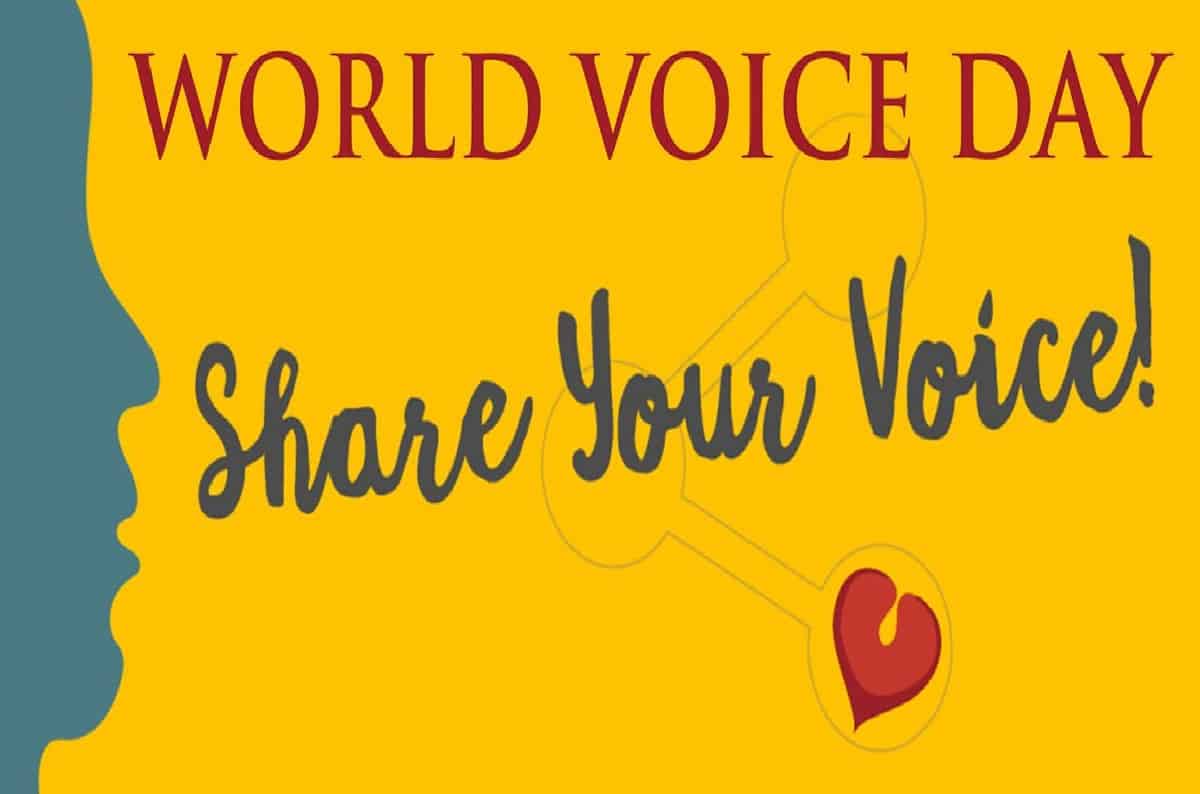Voice Disorders: Voice is the sound that we hear when someone talks. It is produced by expiratory air column passing through the voice box or larynx (vocal folds) causing them to vibrate and make a sound. This sound is then altered by the movement of the articulators and resonating chambers (i.e. tongue, lips, teeth, jaw, cheeks) to make speech sounds. Each person has a unique voice that distinguishes them from another person.
The voice has a number of features including pitch, loudness, quality and resonance. Voice is important because it enables us to communicate and be understood by others and to verbally get our messages across to others.
Dysphonia is the medical term for disorders of the voice.
Dysphonia can manifest as :
Harsh, hoarse, croaky, strained or rough voice quality.
High pitch or low pitch of voice.
Loud or whispery voice.
Nasal (i.e. too much air coming through the nose) or hypo-nasal (i.e. like they have a blocked nose) voice quality.
Loss of voice during the production of specific sounds. Have periods of time when their voice is lost completely (voice fatigue).
Voice disorders have been estimated to be present in between 3% and 9% of the population. The prevalence of voice disorders among treatment-seeking individuals has been shown to be affected by gender, age, and occupation.
Prevalence is higher in adult females than in adult males, with a ratio of 1.5:1.0, in children voice disorders, are significantly more prevalent in males than in females. Elderly adults have a higher incidence of voice disorders. Professional voice users like teachers, politicians, street vendors and singers have a higher incidence of voice problems.
Causes of voice disorders
Normal voice production depends on power and airflow supplied by the respiratory system;
laryngeal muscle strength, balance, coordination, and stamina; and coordination among these and the resonatory structures (pharynx, oral cavity, nasal cavity). A disturbance in one or more of the three subsystems of voice production (i.e., respiratory, laryngeal, and resonatory) or in the physiological balance among the systems may lead to a voice disturbance. Disruptions can be due to organic, functional and psychogenic causes.
The organic cause can be:
Growths: extra tissue may form on the vocal cords (nodules, polyps, tumor)
Inflammation and swelling: Many things can cause vocal cord inflammation and swelling. These include surgery, respiratory illness or allergies, GERD, some medicines, exposure to certain chemicals, smoking, alcohol abuse, and vocal abuse. Nerve problems: Certain health conditions can affect the nerves that control the vocal cords. These can include multiple sclerosis, myasthenia gravis, Parkinson disease, Amyotrophic lateral sclerosis (ALS), and Huntington disease. Surgery can also harm nerves.
Hormones: Disorders affecting thyroid hormone, female and male hormones, and growth hormones can cause voice disorders. The functional causes are also very common in professional voice users like teachers and singers. The vocal cords can be stressed by using too much tension when speaking. This can cause problems in the throat muscles and affect the voice. Vocal abuse can also cause a voice disorder. Vocal fatigue can occur due to overuse of voice.
Psychogenic causes can be anxiety, depression and stress. Comprehensive Assessment of dysphonia needs a team approach by ENT and SLP (speech and language pathologist) specialists. The physician’s examination may occur before or after the voice evaluation by the speech-language pathologist. ENT Specialist determines whether the voice box has any medical reason for the voice difficulty (e.g. nodules, polyps).
Following an ENT assessment, a detailed Speech Therapist assessment can take place and information from this and the report from the ENT specialist will be used to determine the type of therapy that will be recommended. Speech specialist determines the voice quality with regard to pitch, loudness, and overall severity. Laryngeal endoscopy shows the anatomy of all structures, vocal cord mobility in phonation and respiration. Videostroboscopy helps in the assessment of regularity, amplitude, symmetry and pattern of mucosal waves during phonation.
Assessment may result in a diagnosis of a voice disorder, clinical description of the characteristics and severity of the disorder, statement of prognosis and recommendations for intervention and identification of appropriate treatment options Management depends on the cause.
Wherever indicated medical and surgical treatment is helpful like medications for inflammation, reflux disease and microlaryngoscopic surgery for neoplastic and non-neoplastic lesions of the larynx. The SLP specialist will advise appropriate speech therapy.
The activities which can help improve voice difficulties:
Hydration: Make sure the vocal folds/cords are hydrated by drinking water regularly.
Avoid noisy environments so that the person does not have to talk over the top of noise (i.e. background noise like loud music).
Quiet time: Have a quiet time each day where the patient does not have to use their voice a lot, and if they do it is quiet ‘Big voice/little voice’: Introduce the concept of ‘big voice’ versus ‘little voice’ and encourage the use of the ‘little voice’ most of the time.
Demonstrate a relaxed nature and normal speaking voice. Relaxation activities are useful to relieve tension in the neck and shoulders when talking.
Breathing: Try teaching and practicing breathing activities to aid breathing and voice control.
Resonance: Look at resonance and practice using the voice in the most effective and easy way.
By Dr. Janardhan Rao Jagini,
Consultant ENT,
KIMS Hospitals, Secunderabad

